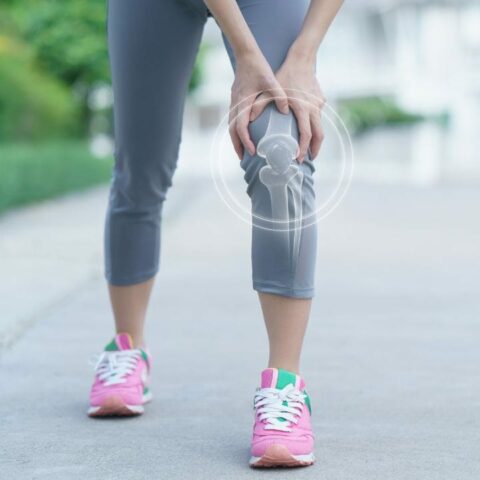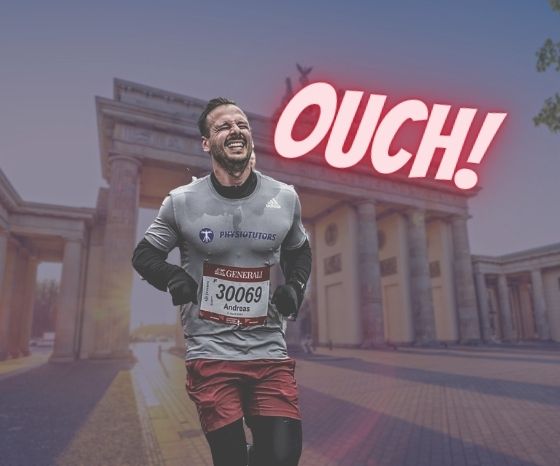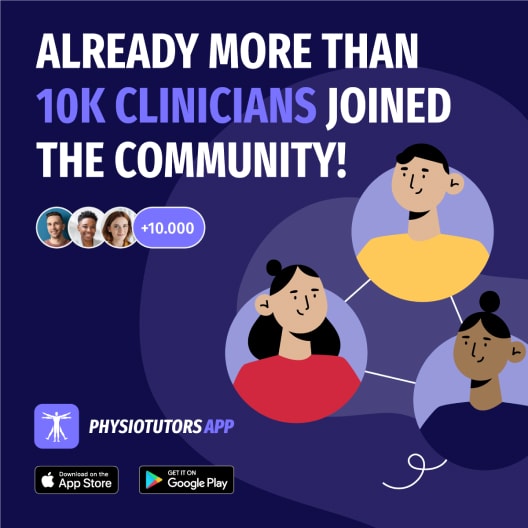10 Mistakes Why ACL Rehab Regularly Fails – Are You Making These Mistakes?!

Bart Dingenen
Sports Physiotherapist & ACL Researcher
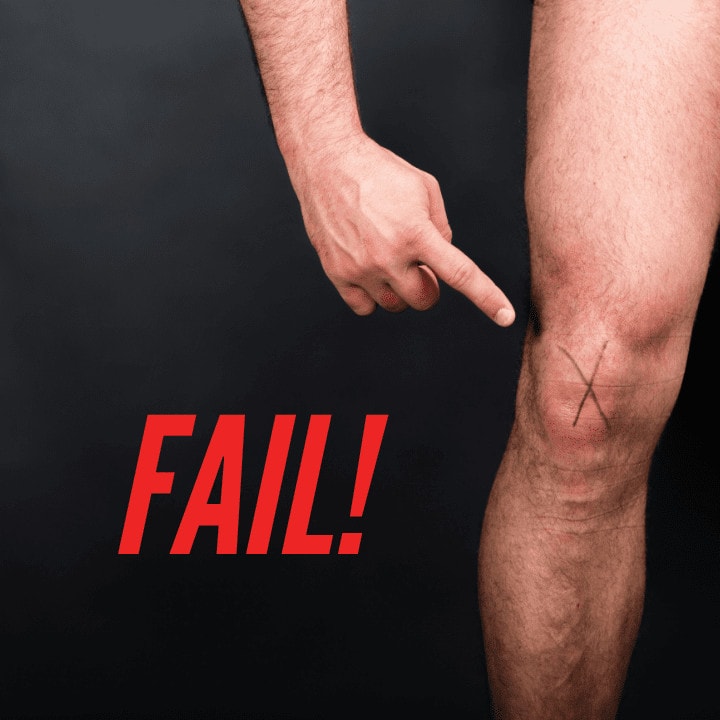
The aim of this blog is to summarize the key aspects of why we may fail to achieve optimal results after ACL injury and/ or ACL reconstruction. Note that this summary is not meant to blame anyone. But just to make sure we can do better in the future.
1) Lack of clinically applicable guidelines

The first limitation we are currently dealing with is that there are only a limited amount or there is a lack of clinically applicable guidelines for rehabilitation after ACL injury and ACL reconstruction. Some guidelines have been published but these guidelines remain very general and non-specific.
2) Gap between research and practice
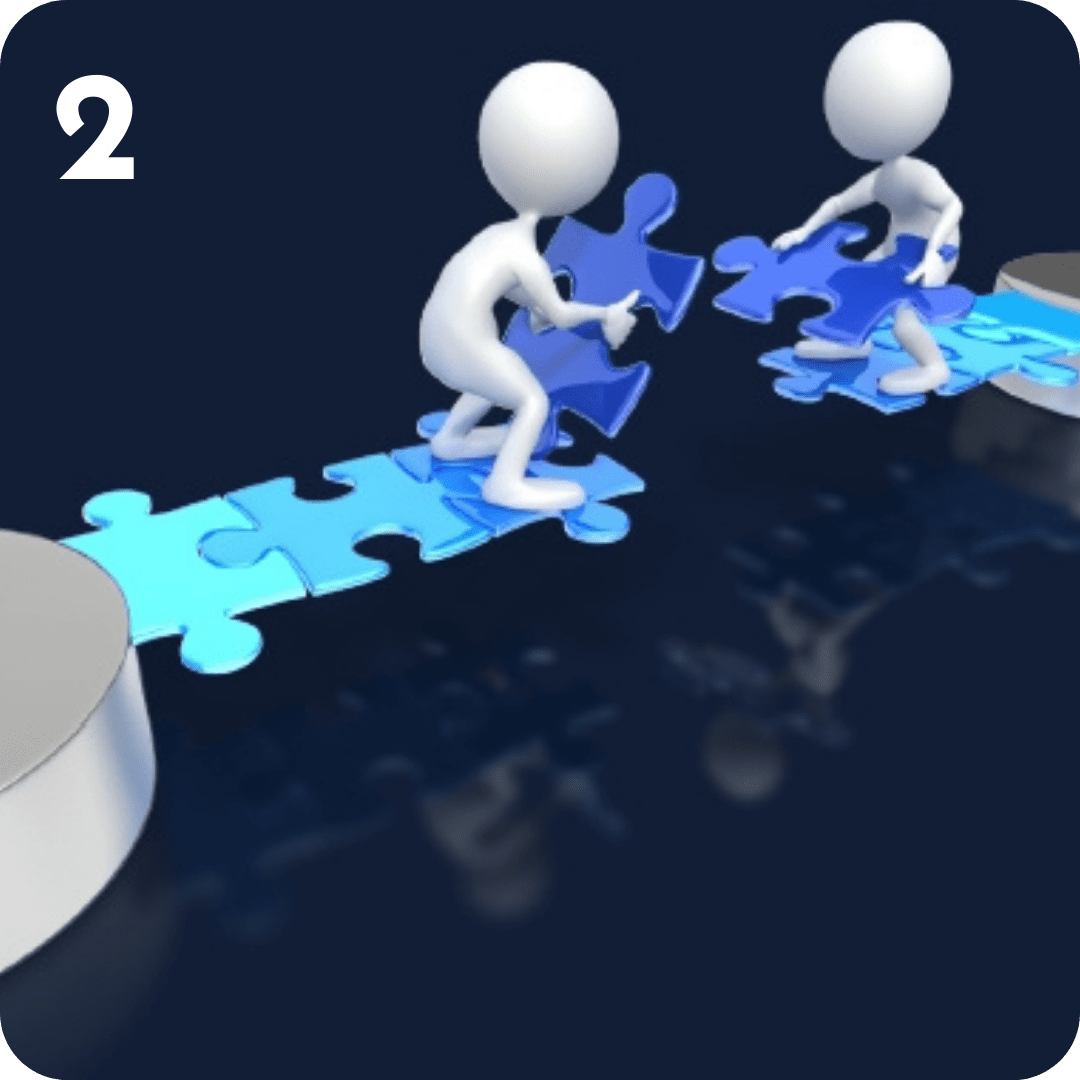
Secondly, there is clearly a gap between what we know from research and what is typically done in clinical practice. This can be due to many reasons. For example for many of us physical therapists, it can be very challenging to keep up to date. Given the fact that a lot of research remains behind a paywall and that we often have minimal time to dig into the individual studies while working all day in the clinic. Our ACL Rehab online course might offer of course a good opportunity to get up to date again. Furthermore, as mentioned in my first points the research findings are often too non-specific to apply directly in clinical practice.
3) Most patients are not ready when RTS
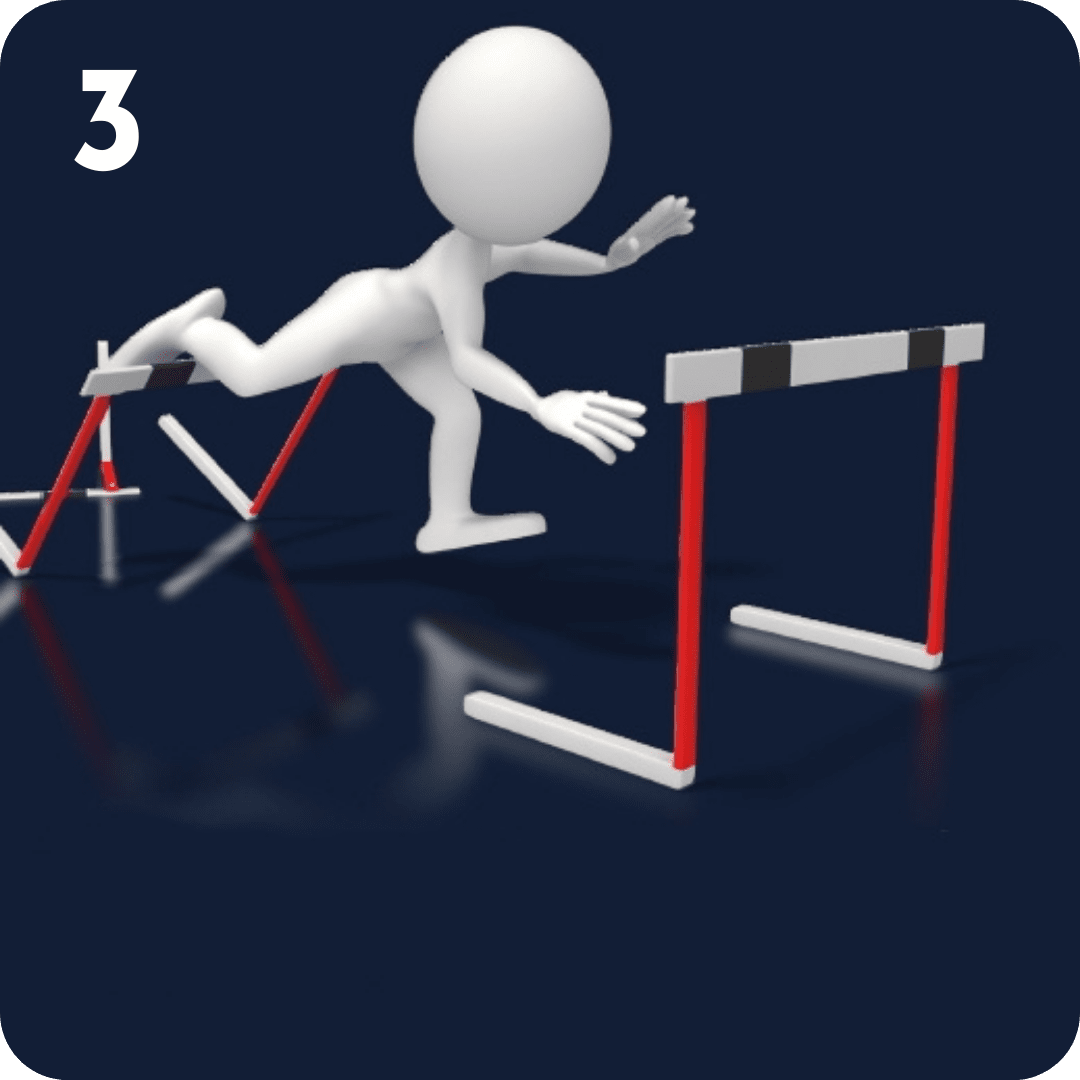
A third important barrier to achieving optimal results after ACL injury is that a lot of patients are not ready when they return to sport. A lot of patients just return because they think they can return based on no test, no criteria, or just based on time after injury or reconstruction. They often lack the physical, psychological, and physiological capacities to return successfully to sport and performance. Hereby increasing the chance for a second ACL injury or other lower extremity injuries or reduced performance and lower quality of life.
4) No criteria-based progression
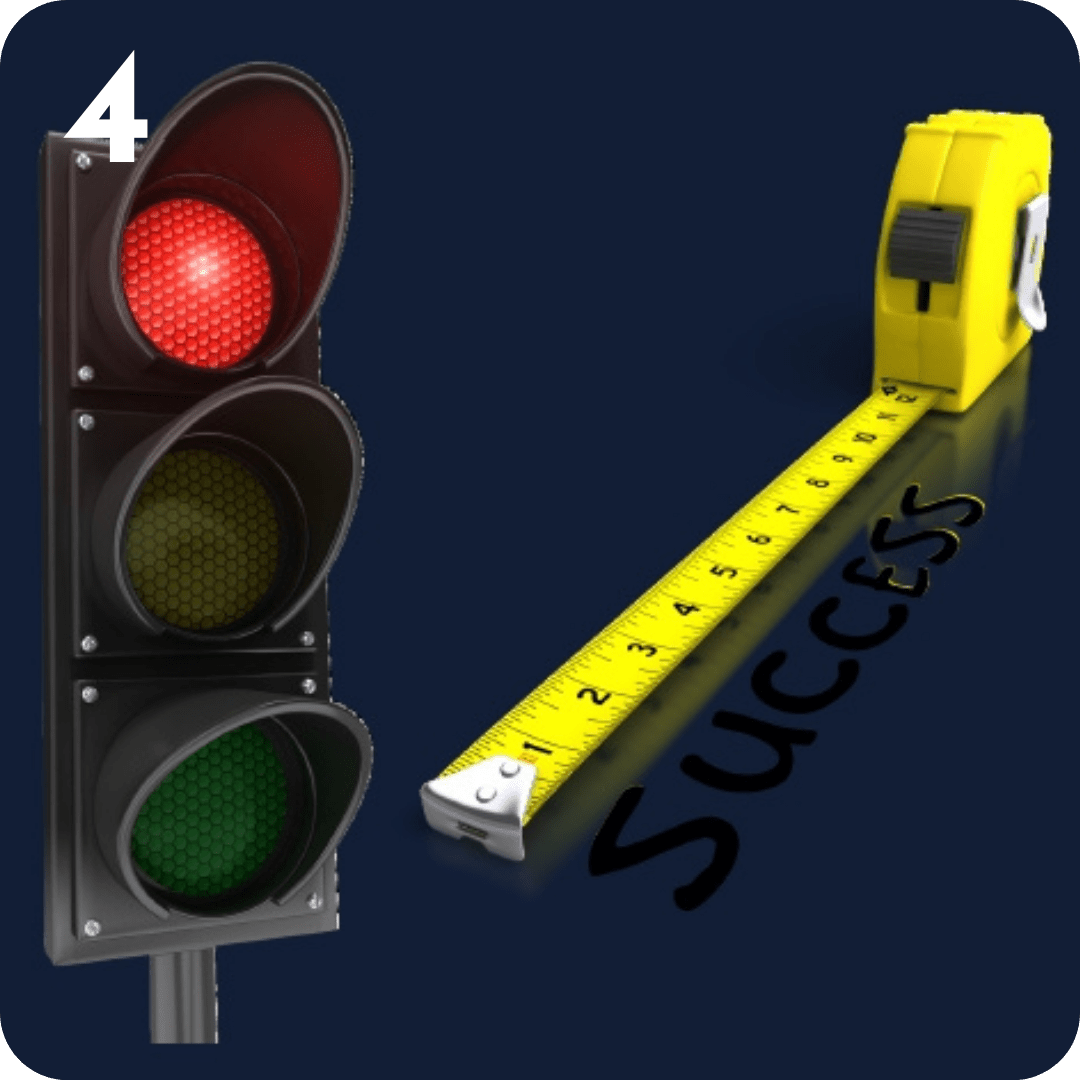
Number four is related to the previous point actually. A lot of therapists progress the athletes during the rehab continuum based on no criteria or criteria that might not be sufficient to deal with the demands of the following phase or return to sport. A rehab based on criteria-based progressions can be very helpful to set clear goals and guide your exercise prescription according to the functional level of your patient.
5) Low-quality rehab

Point 5 is also really essential and is focused on the quality of the rehabilitation. Without optimal rehab, you will not go for the results you are achieving or you wish to achieve. However, we see that the rehab quality is often relatively poor in general (Dingenen et al. 2021), not for everyone, but in general. And even though it might be very difficult to define high-quality rehab, there are some key points to pay attention to. First, I think we often fail to achieve the full potential of an athlete. This can be due to the fact that there is in general not enough knowledge on all aspects that need to be trained. Or a lack of knowledge and skills to be able to target all the aspects that need to be addressed in your rehab program to return to sport and to return to performance. In addition, we are often not specific enough in our exercise prescription. A detailed exercise prescription is important to achieve desired training goals. One of the points here that we also addressed in this online course is the fact that often rehab is underloaded. We need to train hard and smart to get the results that we want to achieve, especially if we really want to return to sports performance.
6) Rehab is often rushed

In point six, I want to remind you that there is no need to rush during rehab. There should be no such thing as skipping a few steps or phases to speed up recovery. However, in reality, we often progress too quickly during rehab. We know that both from a functional but also from a biological perspective, you need time to achieve the maximum potential after this kind of serious injury. In my online course, we use a combination of criteria focusing on the functional status of the patients in combination with time after injury and potentially the reconstruction as well.
The take-home message here from this sixth point is then: don’t hurry. Be patient. Take your time to improve and achieve your goals. From a patient’s perspective rehab after an ACL injury can be a very tough journey.
7) Poor compliance & motivation

Studies have shown that patient compliance with the rehab program and motivation to do rehab are key points in the prognosis of the outcome. You can have the best rehab program in the world but an exercise therapy program can only be effective when it’s effectively done. Patients who have lower compliance and patients who don’t follow the program as it should be and patients who have a lower motivation to do the rehab typically have less optimal outcomes after ACL injury and reconstruction. We as physical therapists play a key role in motivating the patients and keeping compliance as high as possible. For example, by setting realistic expectations, having open communication with your patients, and setting goals both in the short and the long term. Provide feedback and engage the patient in the rehab program. Remember to progress your program, make it challenging, and don’t forget to have some fun.
8) Rehab is not targeted to the individual

A scoping review by Linda Truong et al in 2020 reported that a lot of psychological, social, and contextual factors are present and influence all stages of recovery following a traumatic sports-related injury. A better understanding of these factors and both at the time of injury, but also throughout the whole rehab, could assist in optimizing injury management. Or to achieve the desired results for the patient for example promoting the return to sports but also promoting long-term quality of life and long-term joint health. What we often do wrong is that we don’t target the intervention enough to the individual person in front of us. No two rehabs will be exactly the same. Not only because of the physical impairments associated with an ACL injury or reconstruction but also because of the psychological, social, and contextual factors having a strong influence on the recovery process.
Take-home messages here: treat the person not only the knee.
9) Poor communication

Across the whole rehab process, clear and open communication between all stakeholders involved is crucial. Depending on the level and age of the athletes, different persons can be involved. First, of course, we think about the person himself. We use a patient-centered approach. It’s not you as a physical therapist who should be important. It’s all about the patient. You’re working over a long period of time with this patient so take care that you build a strong patient-therapist relationship. In addition, communication with the orthopedic surgeon in case of an operation with the physician, athletic trainer, parents, maybe strength and conditioning coaches in some cases; all other people potentially involved are important. Everyone involved in the process should be on the same line. All of them should know what the specific goals and phases are and what the patient can do or not do. Personally, I think we as physical therapists can have a leading role in this whole process. However, this might also change over time in some circumstances where for example strength and conditioning coaches might take over when heading the patient back to performance training and on-field retraining. Especially on a higher level, getting a player back to performance It’s really teamwork. On a lower level, it can be that the physical therapist takes the lead across the whole rehab process.
Take-home messages: Work together. Share decisions and use open communication with a patient in the center.
This first-of-its-kind online course offers an incredible continuing education opportunity for clinicians who manage patients with ACL injuries.
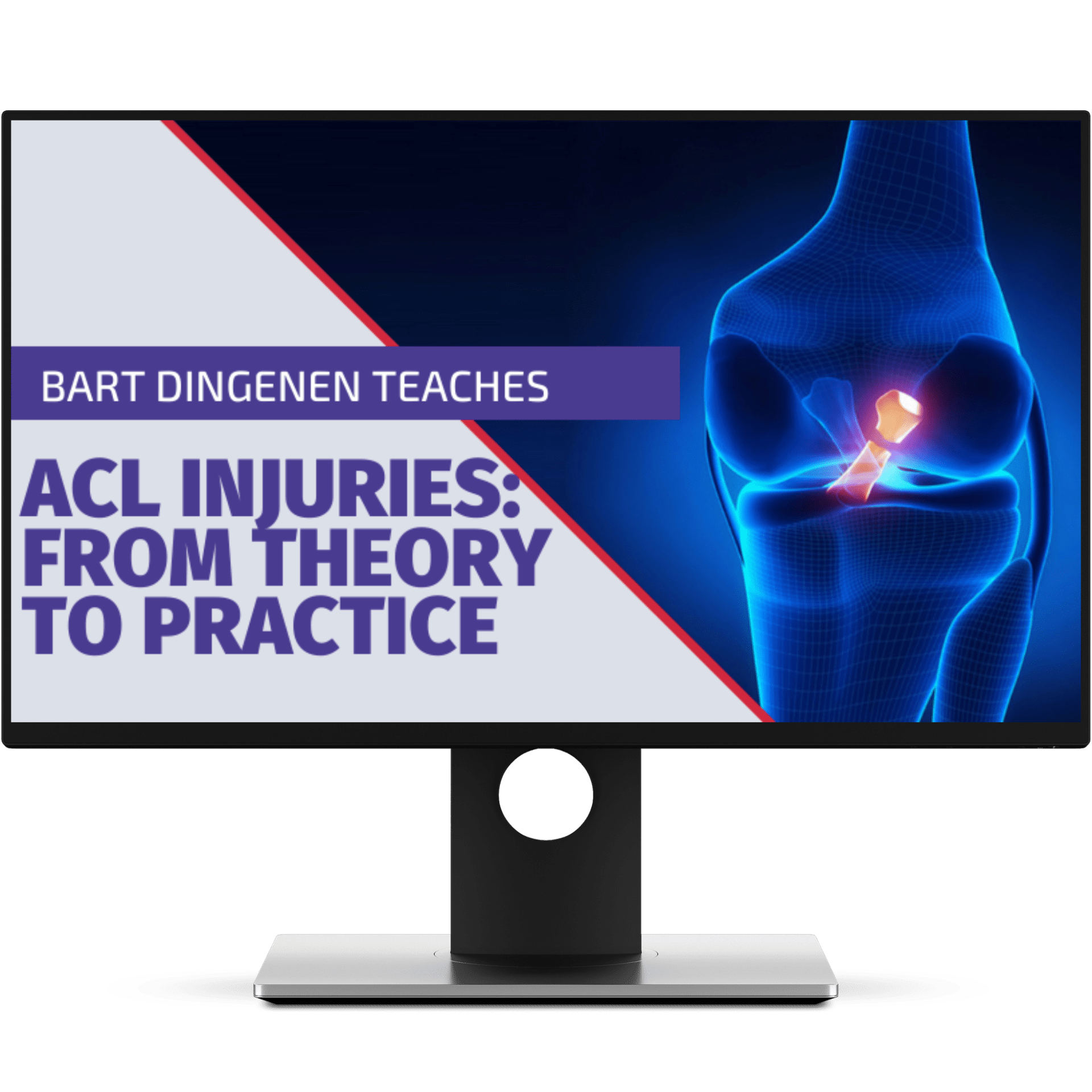
10) Regulations & Limitations of the Healthcare System

The regulations and limitations of the healthcare system also play a role. Depending on the county where you working, the insurance company of the patient, or the financial situation of your patient. The number of physical therapy visits might vary substantially. Some patients might only have a few sessions to complete this whole rehab program, which can hamper the quality also of the program, of course. And this can also lead to more difficult progressions across all the levels that are needed to return to performance. In this case, patient education very clear exercise prescription formulation, and trying to achieve very high patient compliance with the program and motivation with the rehab program will be even more important.
If you click on this link you can also find a summary of these 10 points in the infographic I made for you. I hope you enjoy reading and can learn some lessons from these points to improve the quality of your rehab program.
Thanks for reading!
Bart

Bart Dingenen
Sports Physiotherapist & ACL Researcher
NEW BLOG ARTICLES IN YOUR INBOX
Subscribe now and receive a notification once the latest blog article is published.
